Can Mold in a Basement Affect the Upstairs? Tips, Signs, & FAQ
-
Pete Ortiz
- Last updated:
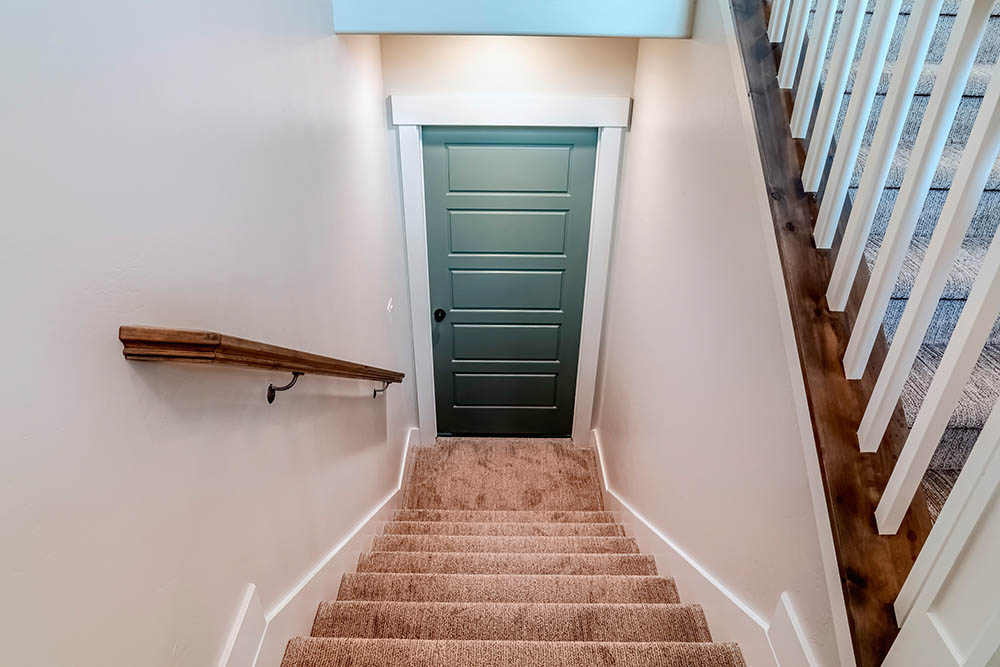
Basements lack proper ventilation, making them prone to getting damp and musty. These spaces also have high humidity levels because they are below ground, making them the perfect breeding grounds for mold and mildew. Anytime your basement’s relative humidity (RH) levels rise above 55%¹, you will likely deal with a mold problem.
So, can mold in a basement affect the upstairs? Yes, it can.
A neglected mold problem in your basement can spread to other rooms in your home, including the upstairs. Mold spores spread through the HVAC system, cracks, and walls, making your home unsafe for your loved ones.
Should Mold in the Basement Worry You?
Mold can affect more than just the aesthetics of your home. It can also mess with the structural integrity of your house and pose serious health hazards. Furthermore, it can spread from the basement to the entire house, especially around dark or moist spots in your kitchen, bathrooms, and laundry area.
Mold is a fungus that releases tiny spores that can travel through the air. Besides expanding through the walls and sneaking through the cracks, mold can also spread from your basement to other rooms through your clothes and HVAC system. Natural air circulation also allows the spores to travel to other rooms in search of new breeding grounds.
If you seldom clean your basement or pack it with clutter, it can be challenging to identify a mold problem in its early stages. Often, an infestation begins on one spot and then spreads on the wall. If it goes unchecked, it then reaches other areas, including the ceiling and doors.
Fortunately, mold can only grow where the conditions allow. Proper basement maintenance can go a long way in keeping your home environment safe for your loved ones. Once an infestation gets to the upstairs, the situation can quickly get out of hand, especially if the rooms are exposed to moisture and condensation.
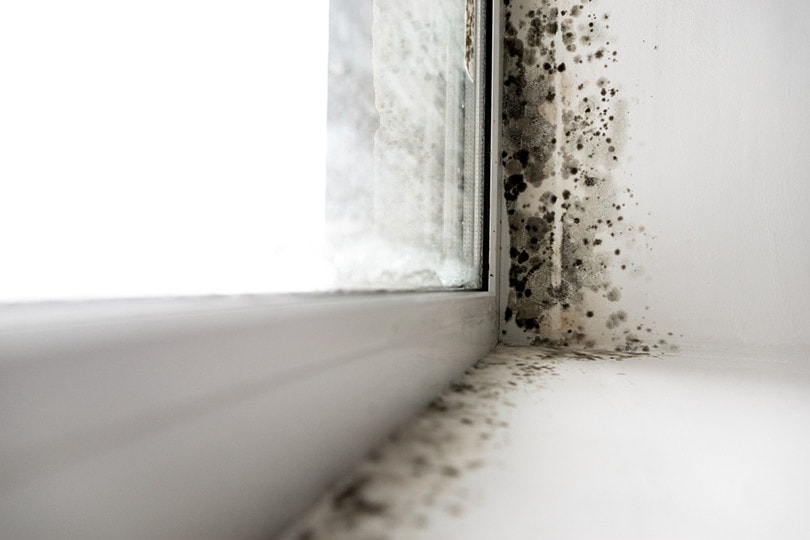
Signs of a Mold Infestation
As mentioned, a mold problem in the basement that goes for a long while without being addressed can quickly blow out of proportion. Therefore, it is imperative for every homeowner to know the early warning signs of mold and fix the issue sooner than later.
Here are four common signs of a mold invasion.
A Stale, Musty Odor
This is one of the most common early warning signs of mold. Even if you cannot spot the mold, it is probably growing somewhere in a hidden corner of the room. It could even be in a hard-to-reach spot like inside the walls. If you cannot unveil the source of the odor, a professional mold remediation expert can help.
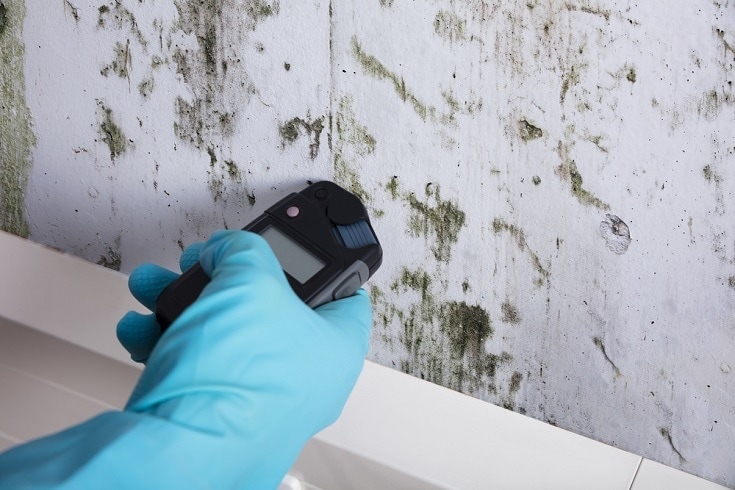
Persistent Moisture and Condensation
Mold thrives in damp places with high humidity levels. If your home shows signs of excessive moisture or condensation and you can see water droplets on your windows or pipes, you will likely have an impending or existing mold issue.
You could begin by investing in a quality dehumidifier to remove the excessive moisture. However, it would help if you still got to the root of the moisture problem to benefit from lasting solutions.
Fur, Spots, or Stains on the Walls
Another telltale sign of mold is stains on the affected areas like the ceiling, walls, or floors. Often, strains will appear in areas previously exposed to moisture. Therefore, you should check for signs like bubbling paint, bulging walls, or warped wallpaper.
There are numerous mold varieties, and the most common in households are classified into three categories.
- Allergenic molds: Most allergenic molds can be removed using disinfectants readily available in local stores.
- Pathogenic molds: Pathogenic molds can also be removed using disinfectants, although it is best to seek professional help when dealing with large colonies.
- Toxic molds: Toxic molds, as the name suggests, are the most harmful, and you need to hire a mold remediation expert. The expert will use special chemicals to kill the mold and remove and dispose of any infected materials.
Depending on the mold you are dealing with, it could leave furry specks on the affected areas or black, white, brown, orange, or green stains. The pigmented compound produced by mold is an enzyme that helps to break down the material for easier absorption. If you have recently spotted stains around cool, damp areas, you are probably looking at a mold problem.

Health Symptoms
Mold can cause short-term and long-term health problems. Exposure to the fungi can cause respiratory issues, eye and skin irritation, and allergy-like reactions like a sore throat. If your loved ones are showing any of these symptoms, you must immediately reach out to a medical practitioner.
In extreme mold exposure cases, you could experience asthma symptoms¹, including breathing difficulty and shortness of breath. Persons with existing respiratory problems like asthma, allergies, and chronic obstructive pulmonary disorder face a greater risk of suffering life-threatening symptoms.
Apart from your loved ones, your pets can also show health symptoms like respiratory issues, allergic reactions, loss of appetite, and fur loss, to mention a few. It is best not to take the “wait and see” approach, especially if you have recently experienced a flooded basement or other water damage.
Tips to Help You Get Rid of Mold in Your Basement
Mold spreads quickly, and the fungus constantly looks for new breeding grounds. It can settle down in any dark and damp area, including on rotting wood frames, under the carpet, inside the drywall and insulation, and in appliances prone to preserving moisture like the dishwasher, air conditioner, and washing machine.
The cost of mold removal often depends on the extent of an infestation. If you suspect having mold in your basement, it is easier and cheaper to fix it before it spreads to upstairs rooms. Here are some tips to increase your odds of dodging the expenses and headaches allied with mold removal.
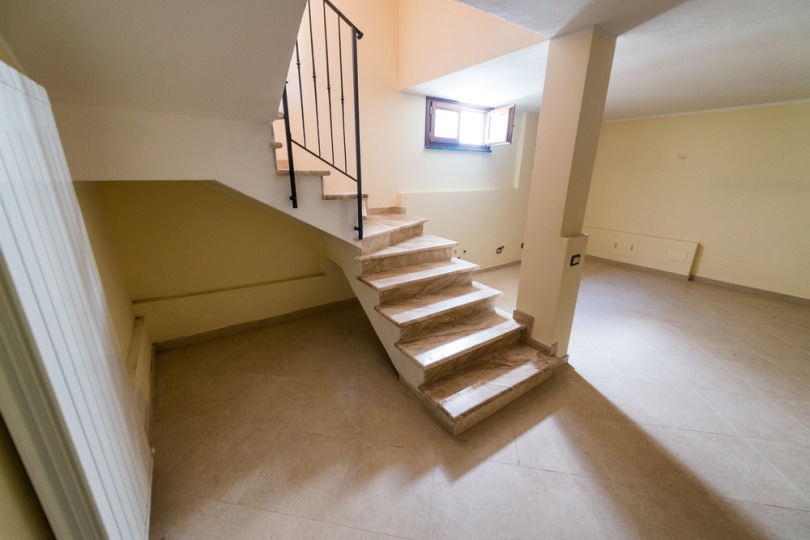
Invest in Basement Waterproofing
Basement waterproofing involves employing various techniques to prevent water from penetrating the structure.
Waterproofing projects encompass using sealant materials or a waterproofing membrane on the walls and floors and insulating sump pumps and drains. An expert will also target common origins of hydrostatic pressure and other causes of basement flooding like poorly maintained gutters and improper soil and drainage systems.
Clean Your Basement Regularly
An easy and cheap way to prevent mold growth is to clean your basement regularly. Remove clutter and use a 50/50 water-bleach solution to clean damp, dark areas. Additionally, be sure to address leaks and spills immediately.
Install a Dehumidifier
Mold only thrives when the conditions allow. A top-quality dehumidifier can remove excess humidity from the air in your basement and prevent the risk of mold growth. Make sure you choose equipment whose size and design are ideal for your home. If you have a big basement and the dehumidifier is too small, the humidity levels may remain above 55%.
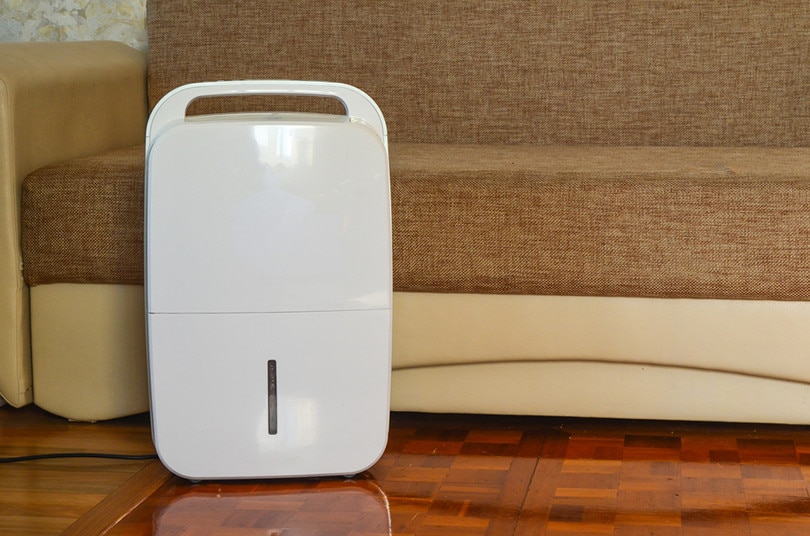
Increase Basement Ventilation
Even if your basement has no windows, you can still improve its ventilation. Proper ventilation improves air circulation and makes it challenging for moisture to settle for long enough to cause a mold problem. A few simple ways to increase the ventilation of a windowless basement include keeping the door open, installing an air purifier, and installing an exhaust or ventilation fan.
 Final Thoughts
Final Thoughts
A mold problem cannot wait. The fungi in your basement can quickly spread upstairs if you don’t fix the issue.
Remember that mold can cause health problems and impact your home’s structural integrity. While it is possible to arrest an invasion in its early stages by using home remedies¹, it is better to seek professional inspections and mold removal if an issue is extensive.
- See Also: 25 Types of Trees in California
Featured Image Credit: Jason Finn, Shutterstock
Contents


